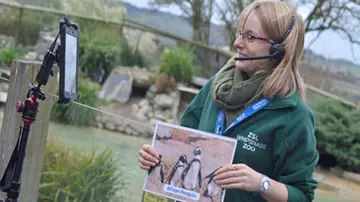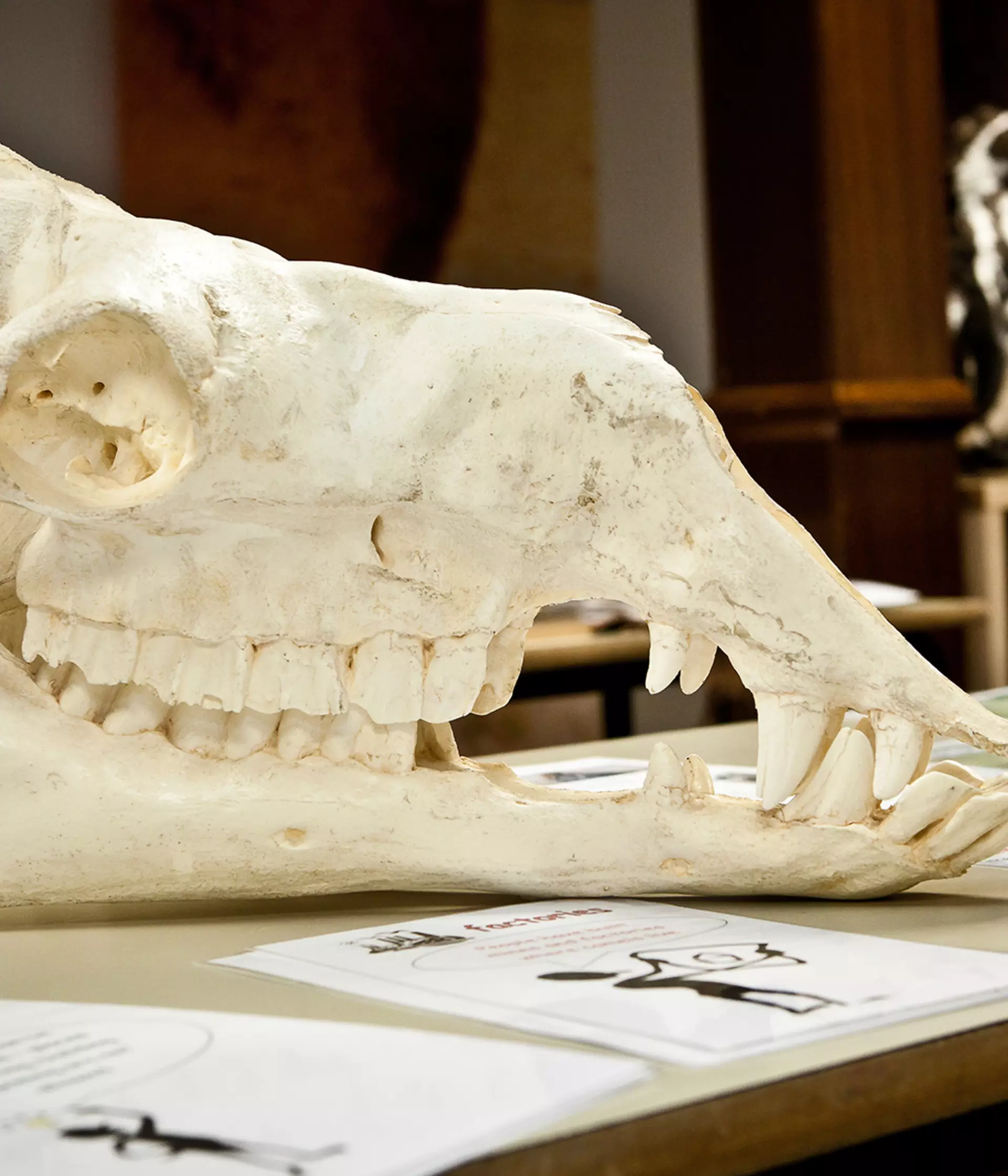
Online food chains education session
‘Feeding and Food Chains’ is designed to support classroom learning on animal diets and how living things are connected through food chains. By using objects such as teeth and skulls, and animals at the Zoo, we will discuss different animal diets, the teeth mammals have to eat different foods and the interdependence of living things through food chains. We will also look at what happens when humans disrupt a food chain.

This session involves interactive challenges and lots of open-ended questions to help your students develop and demonstrate their understanding of these topics. Pupils are encouraged to work scientifically throughout by using their observations to answer questions. It ends with a Q&A where your students can pose their questions to us!
Book online learning session
Age Group: KS2 (7-11 years old)
Duration: 45 minutes
Capacity: 35 students
Cost of session: £45 per class
Where possible we aim to deliver this session from out in the Zoo with one of our flagship species in the background, but this is not guaranteed and is weather dependent.
We recommend Microsoft Teams as the platform for delivering the Digital Outreach sessions. If you already do not use this in your classroom, other platforms are available upon request.
Upon booking you will be sent a set up guide including support for setting up the session, a full session outline and key words glossary.
Visiting the Zoo too?
This session can be offered as a standalone session, or can be delivered as a follow up after a Zoo visit. We recommend booking the ‘Teeth & Diets’ education session if you are visiting Whipsnade Zoo.
National Curriculum links:
KS2 Science
|
Year 4 Programme of Study Animals including humans |
Upper KS2 Programme of Study Working Scientifically |
|
Identify the different types of teeth in humans and their simple functions
Construct and interpret a variety of food chains, identifying producers, predators and prey. |
Asking relevant questions and using different types of scientific enquiries to answer them
Reporting on findings from enquiries, including oral and written explanations, displays or presentations of results and conclusions
Identifying differences, similarities or changes related to simple scientific ideas and processes
Using straightforward scientific evidence to answer questions or to support their findings. |
Intended learning outcomes
Pupils will be able to:
- Give an example of a producer, predator and prey
- Explain why those examples are classed as producers/predators/prey
- Construct a food chain focused around penguins
- Explain how this food chain is affected by people overfishing
